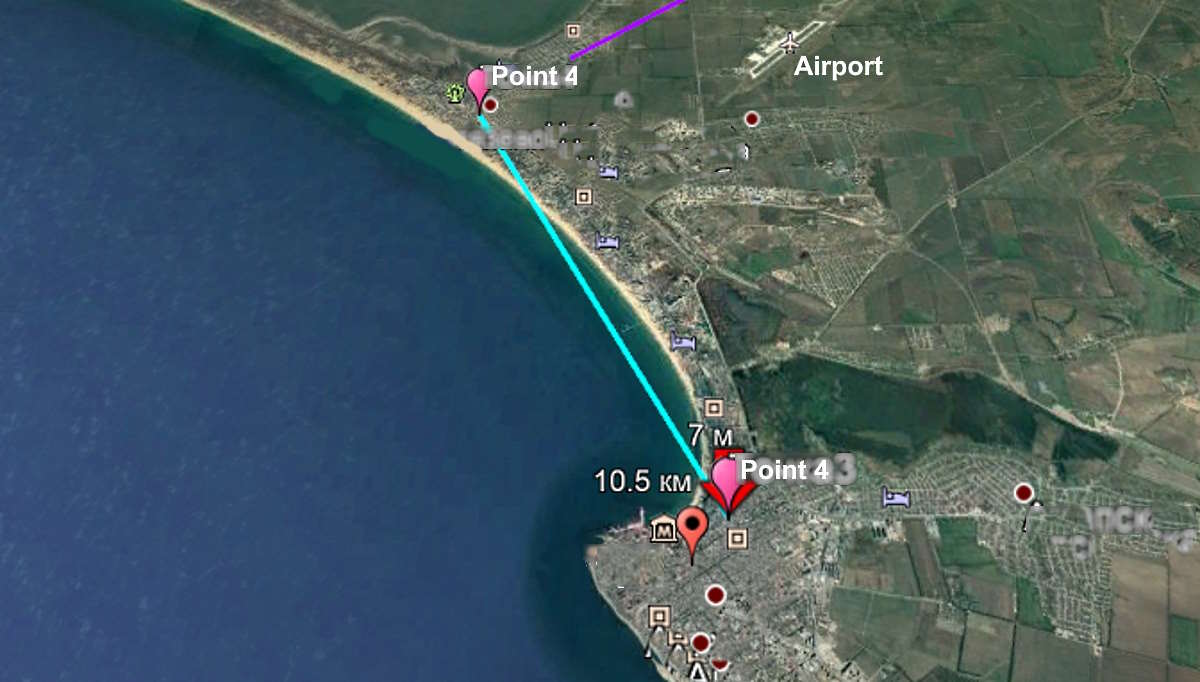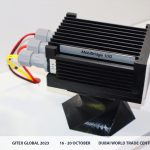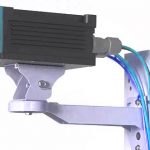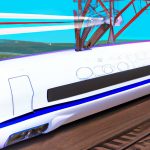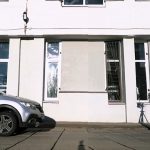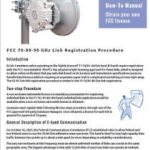PPC-10G-HP radios were tested by telecom ISP on two routes in ITU-R rain zone “K”. The over-sea path had a wireless route length of 10.5 km and passed over the bay area. The second path with a route length of 15.9 km had a significant elevation and passed over the suburban area.
A specific goal of 71-76 / 81-86 GHz range (E-band) PPC-10G-HP radios testing in Anapa was a combination of particularly long wireless routes for this frequency range and climatic conditions of the sea coast with heavy rainfall. The radio channel has demonstrated resistance to interference in the form of signal re-reflections from the water surface, which is an important advantage of the PPC-10G equipment.
The region, according to classification No. ITU-R PN.837-1, adopted by the International Telecommunication Union, belongs to the rain zone “K” with a precipitation level of 42 mm / h with a probability of 0.01% throughout the year (ITU 0.01% rain rate).
Previous experience of operating PPC-10G equipment at similar ultra-long distances (15 km and 11 km) was obtained in regions with a low level of rainfall belonged to rain zone “A” with subarctic features (rainfall 8 mm/h), and to zone “C” near the Arctic Circle (precipitation level 15 mm/h). Therefore, the evaluation of the PPC-10G operation in the climate zone “K” was of greater practical interest.
Testing of the PPC-10G radio bridge was carried out by local ISP company. The report notes the use of the Exfo 880/860 tester for external testing of the PPC-10G. The traffic generator and data collector were connected directly to the transceivers using an optical patch cord.
The test results showed that the PPC-10G radio bridge with a 10GE interface has demonstrated the ability to work on particularly long routes in the climate zone “K” with intense rainfall and has stable 10GE connection when operates over the water surface.

